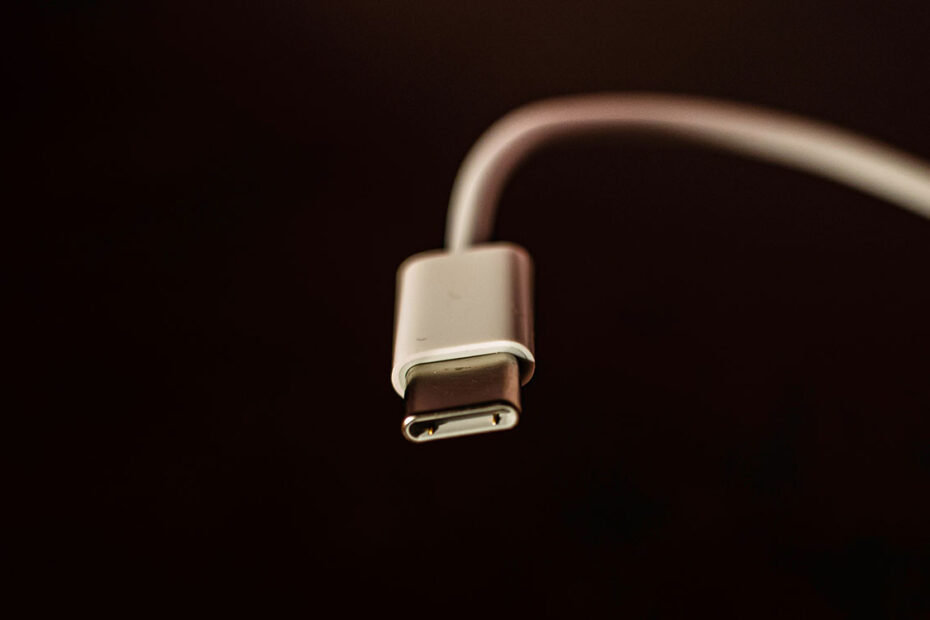By now, you may have seen a few rumors and reports about Apple’s next-generation iPhone 15, coming this September. Forget processor and camera upgrades for a minute, though. Two pieces of information in particular have us scratching our heads this week, involving the upcoming handset’s reported lack of physical buttons and Apple’s begrudging move to a USB-C port.
No physical buttons
It’s said that the upcoming Pro models will ditch the physical volume buttons and mute switch for solid-state buttons with no moving parts. Instead of clicking, they merely simulate the sensation of a press using Apple’s taptic engine. Sounds weird, but this system is already responsible for many things, including the Home button on several generations of iPhone and the MacBook’s trackpad. It works well, but it’s hard to deduce Apple’s reasoning for making the change: switching out physical buttons doesn’t offer any obvious benefits to the users, and it introduces more things that could potentially go wrong on the software side. This may be why Apple is trialing the change with the Pro model before (presumably) introducing it to the regular models with iPhone 16 the following year.
That said, there’s a good chance Apple has some sneaky reasoning up its sleeve for introducing solid-state buttons. Whether it’s to improve waterproofing or remove an accessibility barrier present with the existing mute switch, we just won’t know until the official announcement. But we wouldn’t be surprised to see a Dynamic Island-style interface change that embraces Apple’s famous synergy between hardware and software. Maybe a single flat panel for volume control opens up additional gesture possibilities, like a tiny Touch Bar?
A limited USB-C port
It’s now pretty much guaranteed that Apple will switch the next set of iPhones from Lightning chargers to the universal USB-C standard. It’s a move plenty of users have been clamoring for, and new EU laws have forced Apple’s hand. But rumors state that Apple won’t be utilizing the full capabilities of the existing USB-C standard, and you might have to buy some (expensive) new cables even if you already own a bunch of them. So much for universal use!
That’s because, according to analyst Ming-Chi Kuo, only Apple-certified cables will be compatible with the iPhone’s fast charging capabilities, meaning power delivery will be throttled when using unofficial chargers. So while you’ll still be able to make use of your existing USB-C cables, they won’t be as effective as those made to Apple’s MFi standard. It’s also rumored that only iPhone 15 Pro users will get the speediest data transfer speeds, with the cheaper iPhone 15 using a more limited USB 2.0 protocol for moving files. Maybe not an issue for most users, but if you regularly backup to a computer or transfer photos from a digital camera, you’ll notice the difference.

